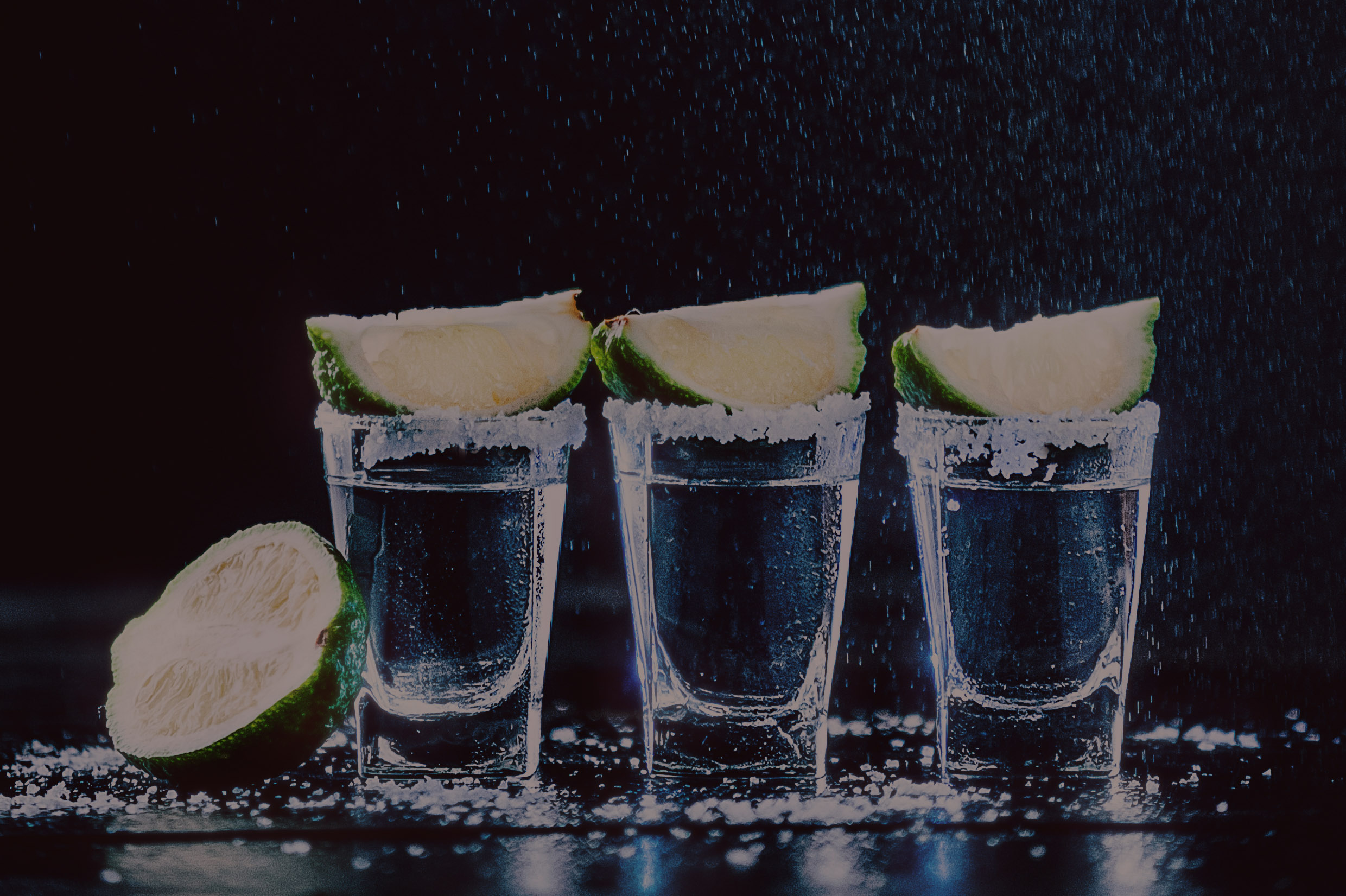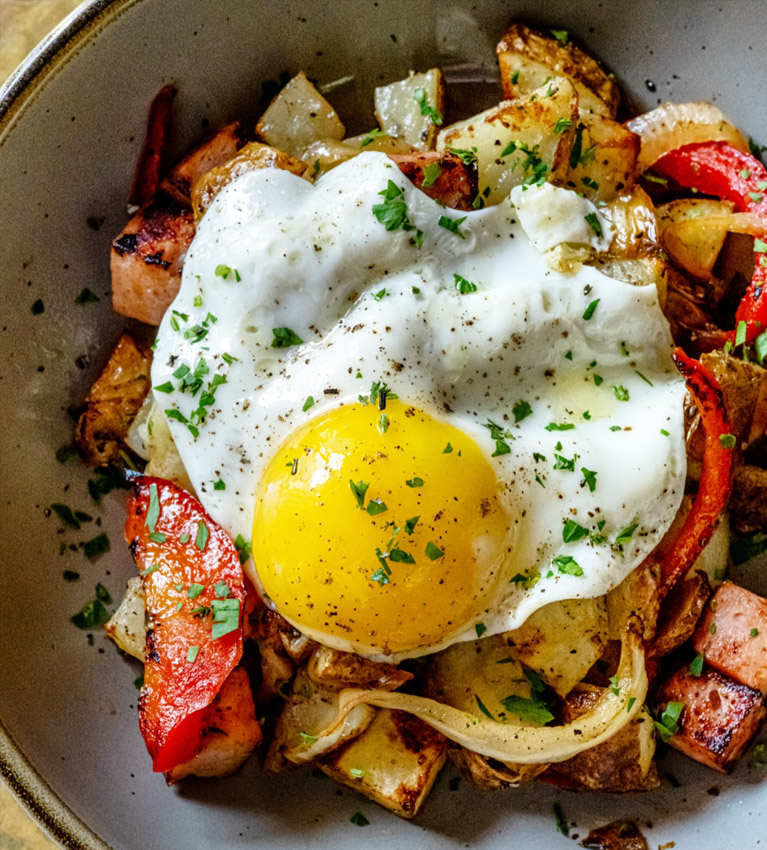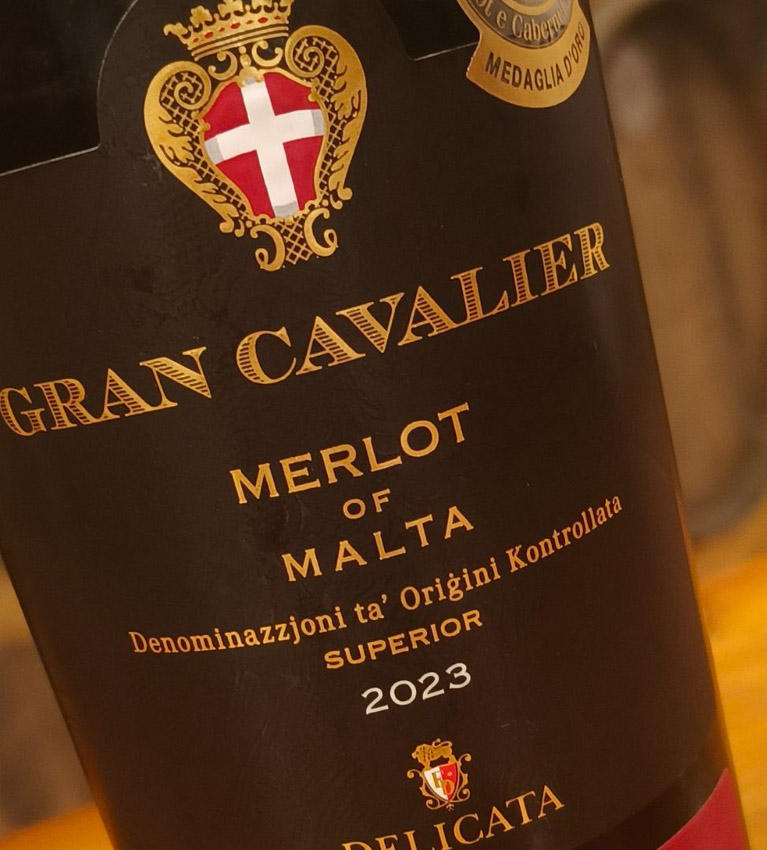
The Art of Tequila: Production and Tasting Quality

HORECA Speaks: Kurt Micallef
November 15, 2024
Paving the Way for Innovation
November 17, 2024“Blanco tequilas should highlight the natural sweetness and peppery notes of the agave, while aged tequilas should have a deeper, more rounded flavour with hints of oak, vanilla, and caramel”
Tequila, a world-renowned Mexican spirit, is steeped in history, tradition, and meticulous craftsmanship. Its production process is a blend of ancient techniques and modern innovations, resulting in a beverage that is as complex as it is delightful. Understanding how tequila is produced and how to discern its quality through tasting can enhance appreciation for this iconic drink.
Production of Tequila
1. The Agave Plant: Tequila is made from the blue agave plant, primarily grown in the Jalisco region of Mexico. The plant requires about 7 to 10 years to mature. Jimadores, skilled agave farmers, harvest the plants by removing the sharp leaves to expose the heart, or piña, which can weigh between 40 to 90 kilograms.
2. Cooking: The harvested piñas are then transported to a distillery where they are cooked to convert the complex carbohydrates into fermentable sugars. Traditionally, piñas are slow-cooked in large stone or brick ovens called hornos for 24 to 48 hours. Modern methods may use stainless steel autoclaves to speed up this process, though some purists argue this impacts the flavour profile.
3. Extraction: After cooking, the soft piñas are crushed to extract the sugary juice, known as aguamiel. This is done using large stone wheels called tahonas in traditional methods, or through mechanical shredders in more industrial settings.
4. Fermentation: The extracted juice is then placed in large fermentation tanks, where yeast is added to convert the sugars into alcohol. This process can take anywhere from several days to a week, depending on the temperature and yeast used. The resulting liquid, known as mosto, contains about 4-9% alcohol.
5. Distillation: The mosto undergoes two rounds of distillation. The first distillation, or “destrozamiento,” results in a cloudy liquid called ordinario. The second distillation, “rectification,” produces a clear liquid with higher alcohol content, typically around 55-60%.
6. Ageing and Bottling: Tequila can be bottled immediately after distillation as Blanco or Silver Tequila, known for its pure agave flavour. Alternatively, it can be aged in wooden barrels. Reposado (rested) tequila is aged for 2 months to a year, Añejo (aged) tequila for 1 to 3 years, and Extra Añejo for over 3 years. Ageing in oak barrels imparts complex flavours and a smoother texture to the tequila.
Tasting Tequila: Determining Quality
Understanding tequila quality goes beyond the label. A few key aspects can help distinguish a high-quality tequila from an inferior one.
1. Appearance: A good tequila should be clear (for Blanco) or have a consistent amber colour (for aged varieties) without any sediment. The colour can indicate the type and length of ageing.
2. Aroma: Quality tequila has a complex bouquet of aromas. Blanco tequilas should have a strong agave scent with hints of citrus and herbs. Aged tequilas should exhibit additional notes of vanilla, caramel, oak, and spices. Avoid tequilas with overpowering alcohol fumes or unnatural scents.
3. Taste: Take a small sip and let it coat your palate. A high-quality tequila will be smooth and balanced. Blanco tequilas should highlight the natural sweetness and peppery notes of the agave, while aged tequilas should have a deeper, more rounded flavour with hints of oak, vanilla, and caramel. Avoid tequilas with a harsh, burning sensation, which often indicates poor quality or added sugars.
4. Finish: A good tequila leaves a pleasant aftertaste. It should be clean and smooth, without any lingering bitterness. The finish is a testament to the distillation and aging process, reflecting the craftsmanship involved.
Conclusion
Tequila, when produced with care and tradition, is a remarkable spirit that offers a wide range of flavours and experiences. From the meticulous harvesting of the blue agave to the careful distillation and aging process, each step contributes to the final product's quality.
By understanding these processes and learning to taste tequila properly, enthusiasts can truly appreciate the depth and richness that a well-crafted tequila offer

Panos Foteiadis
Panos Foteiadis is a renowned mixologist with 20 years of experience in high-end venues. As a Diageo Bar Academy Trainer, Panos imparts his extensive knowledge and passion for mixology to budding bartenders and industry professionals. His expertise and creativity have earned him numerous accolades, including five Maltese national cocktail competition titles.
In 2019, Panos's exceptional skills were recognized on the global stage when he secured the bronze medal at the World Cocktail Championship. Panos's dedication to the craft of mixology and his ability to create innovative and exquisite cocktails make him a standout figure in the world of bartending.
Click here to see Horeca Issue 17 online



